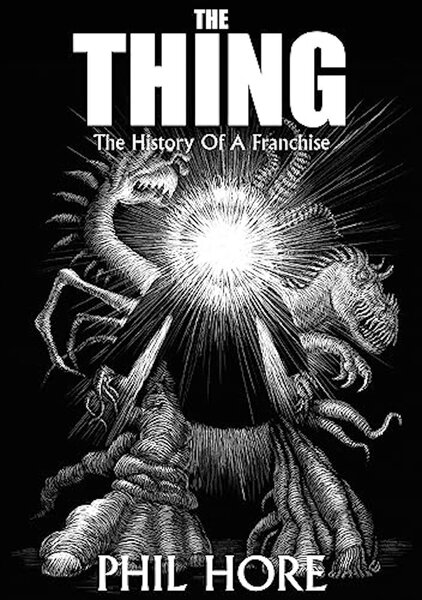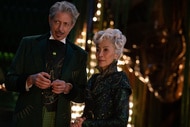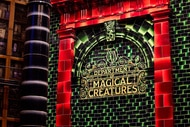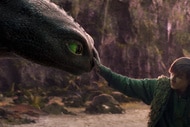Create a free profile to get unlimited access to exclusive videos, sweepstakes, and more!
From John W. Campbell Jr. to Pingu: New Book Explores All Corners of The Thing Franchise
Australia-based author Phil Hore has dared to venture where no Thing fan has gone before.
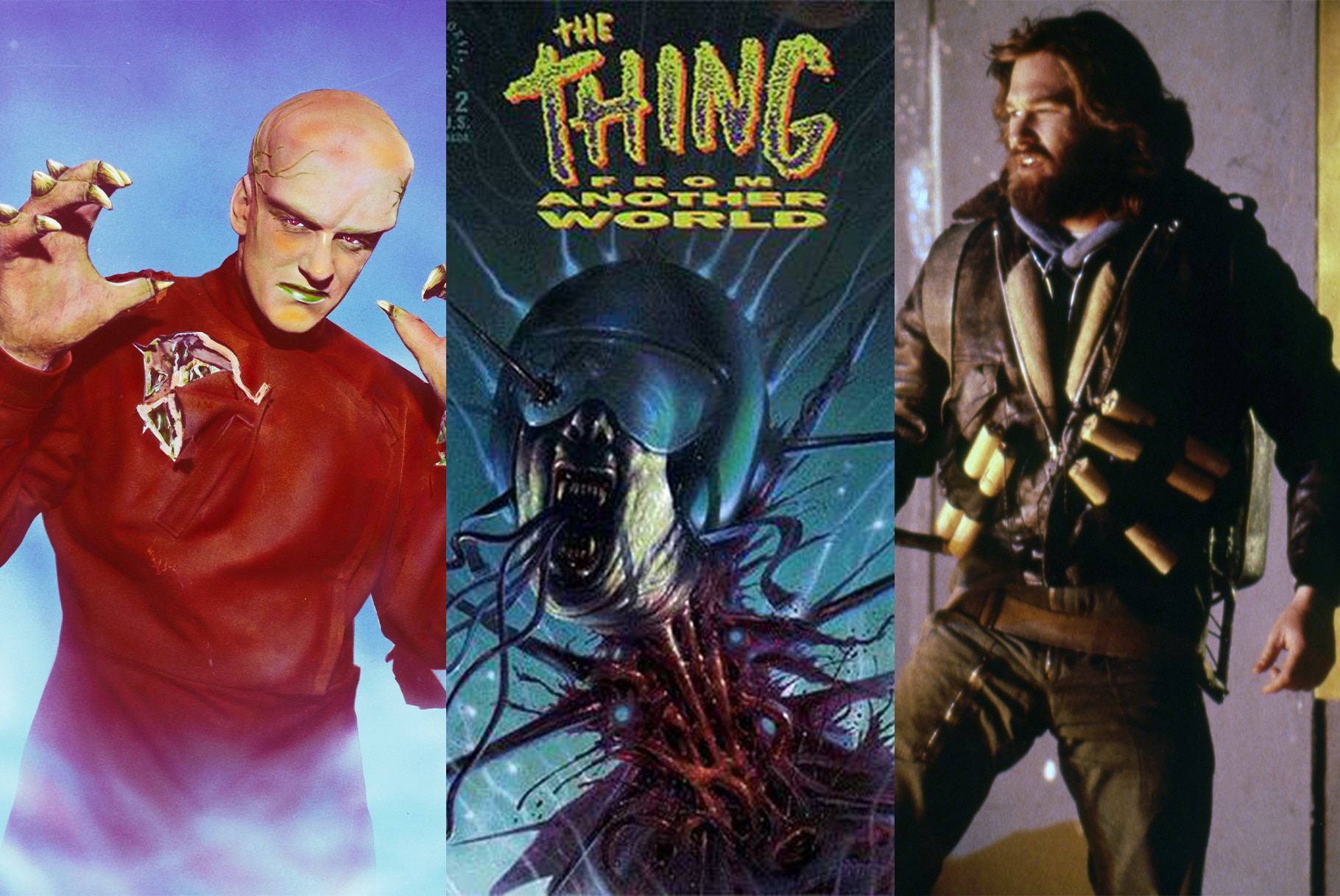
Phil Hore's brazen expedition into the frigid unknown began with Mike Ploog.
The legendary comic book illustrator (known for co-creating superhero icons like Ghost Rider and Werewolf by Night) sat down with Hore several years back for a conversation relating to the author's 2021 book — HORROR: The First Time America's Paranoia Infected the World.
While the pair discussed how the United States' crippling fear of the Soviet Union led to an all-out assault on the comics industry during the early years of the Cold War, Hore couldn't help but probe Ploog about his time as a concept artist for John Carpenter's The Thing.
RELATED: The Thing: John Carpenter & Original Producer Talk Sequel Hopes, What Could Be Next
"Just curious, I'd asked him [about the climax] of The Thing, [because the final alien transformation] looks like a T. Rex. It looks like it's opening its jaws with these giant T. rex teeth," he tells SYFY WIRE over Zoom, speaking to us from his home in rural Queensland. "I asked him, ‘Are you saying that it had been on Earth since the dinosaur age or had been to the Earth during the dinosaur age and had that part in its makeup?’ He said, ‘No, but it's a great idea. I wish I'd thought of it.’"
Nevertheless, the damage was done. The theoretical dinosaur iteration of the shape-shifting alien had sunk its fangs deep into Hore's mind and began assimilating the grey matter. As the film's 40th anniversary approached last summer, he "looked into the history and went, ‘Nobody's ever talked about this.' Everybody talks about each individual movie, but nobody's ever strung everything together."
The end result was The Thing: The History of a Franchise (on sale Aug. 14), a book that no one has ever dared to write; an exploration through every facet of the media property — starting with the seminal novella, Who Goes There?, by John W. Campbell Jr. Speaking with the writer's living descendants, Hore may have learned the inspiration behind the enduring entity that can imitate any living organism.
"His mother actually had a twin sister. They looked identical and the twin sister didn't like him. So he often found himself coming home from school, thinking he's talking to his mother and getting a very nasty reaction back. And when you think about The Thing and the paranoia and not knowing who you're talking to, there's a very strong suggestion that that came from his reaction with his mother and his aunt."
From there, Hore tackles the source material's influence on Hollywood (beginning with 1951's The Thing From Another World) and the unsung projects of the modern fan community (ever seen Thingu?).
"Thing fans don't have a common name," he says when we ask what surprised him most during the process. "They’re not 'Trekkies.' What do you call Thing fans? They are one of the most passionate groups on the planet. It’s their number one thing. They're more than happy to share and they're more than happy to chat. And where a lot of fandoms are getting a little bit toxic, I’ve never seen too much toxicity. Thing fans are always quite pleasant, always helpful, always willing to answer."
He covers the 1982 film, of course, but it's not the sole focus, especially since the topic has been picked over so many times.
"How many DVD and Blu-ray versions are there? And each one seems to come out with new interviews," Hore continues, revealing that he did interview producer Stuart Cohen and Adrienne Barbeau (voice of the chess computer destroyed by MacReady). "So what's the point of covering that when you can just watch it all there? I tried to go for new information or things that people weren't aware of."
To that end, he attempts to settle the debate on whether Carpenter's reimagining was meant to serve as an allegory for the AIDS crisis. Not only that, but the parallel to the real-world, this idea of infected blood, could have been the reason for the project's disastrous box office returns. "People may not have been wanting to to hear about that in 1982 just as the AIDS epidemic was breaking in all the news. I go through the timeline of, ‘Well, when were the first reports coming out? Is it accurate? Does it work?’ And it kind of does."
RELATED: Quentin Tarantino Reveals His Fictional Star Rick Dalton Pursued Role in John Carpenter's The Thing
The book also touches on the Dark Horse comic book sequel series; the novelization of the '82 remake by Alan Dean Foster; the PlayStation sequel from 2002; other IPs clearly influenced by The Thing (think The Addams Family, Doctor Who, Alien, and The X-Files); contemporary music ("They've either sampled parts of the films or the song is literally about the Thing"); and even an Antarctic fossil discovery named after the famous monster.
"It just keeps showing up in all these places," Hore says. "It’s quite amazing."
The Thing: The History of a Franchise goes on sale from Markosia Enterprises Ltd Monday, Aug. 14. The Kindle version is now available for pre-order on Amazon, with a paperback edition most assuredly on the way. In the run-up to publication, Hore will be posting a slew of bonus content — including a "long lost" interview with the great Rob Bottin — on his YouTube channel and Facebook page.
"A lot of it I found during research and realized I could not use it for the book, but [figured] people would be interested," the author concludes. "I'm calling it the 'special features' section."
John Carpenter's The Thing — along with its divisive 2011 prequel — can be purchased from Universal Pictures Home Entertainment.
In the mood for more creature features? Terror of Mechagodzilla, Jumanji, King Kong, Land of the Lost, The Golem, Cocaine Bear, the original Jurassic Park trilogy, and Jurassic World are all streaming on Peacock.
